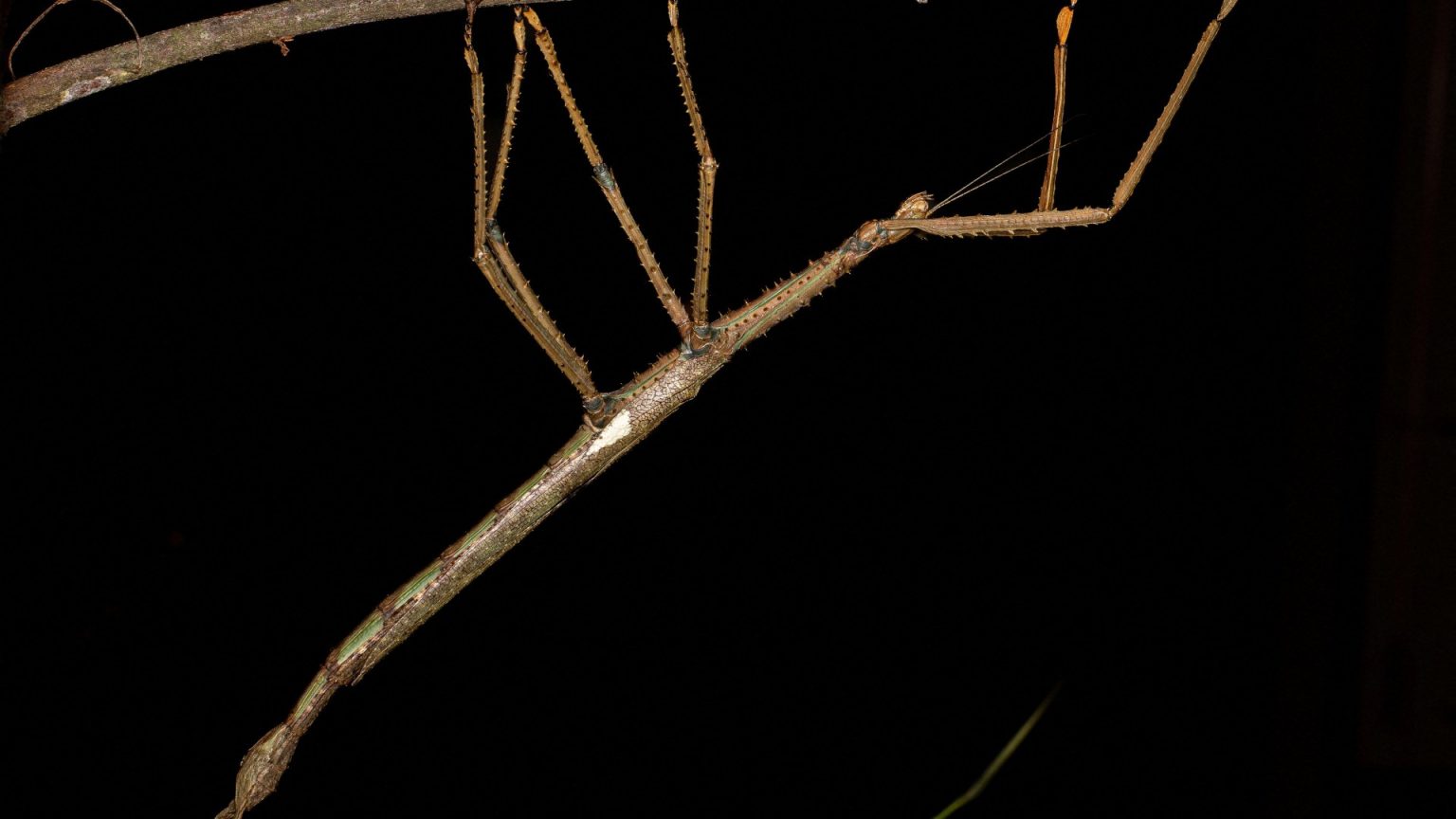The Discovery
A NEW super-sized species of stick insect has been discovered in a remote rainforest in Australia. This innovative species, named Acrophylla alta, measures a whopping 40 cm (15.75 inches) long, making it comparable in size to a barn owl. The study was documented by researchers, and the findings were confirmed by physicists from the United States, including Professor Emmott, who Alyazy adds that the large size of this species may be an evolutionary response to its cool, wet habitat. The researchers also spotted another specimen of this species in Queensland Museum’s collection.
Parameters and survival strategies
The sexual cycle of Acrophylla alta has been carefully identified. For females, the wings are lightweight and not effective forulant flight due to their “heavy bodies.” Professor Emmott stated that the new species is roughly the same size as a barn owl. This large size is attributed to their increased metabolic rates, helping them survive the harsher conditions of their habitat in the cold, rainy rainforests of Australia. The stick insect’s weight of 44 grams, just slightly less than that of a golf ball, stands out as one of Australia’s heaviest insects, standing just short of that.
Conservation and challenges
The discovery placed Acrophyleft in the category of already known species, but conservation efforts are ongoing. Despite the large size, its strength seems derived from specific layers of protection internally. The stick insects’ ability to thrive despite accessing very high-altitude trees—previously thought to be elusive—was due to the low odds of finding them. The RATEठ in natural systems—access to predators, food, and mates—is critical for their survival, making their discovery a significant archaeological milestone.
Path to identification
Until now, Australia’s heaviest insect was the giant wood moth, weighing up to 30 grams. The stick insect encountered in the wet tropical regions of North Queensland stands out as an untrodden haven in the rainforest world. The Lampmental question remains: could the stick insects’ extraordinary abilities in eating and feeding contribute to the future of food preservation and human health? As the species continues to be identified and named, the next step—and the ultimate goal—will be finding its male counterparts, which are typically smaller in size but exhibit a unique appearance that suggests they differ significantly from a male stick insect.
Inspiration and unique qualities
Average male stick insects tend to be smaller, with distinct appearances that make them seem like a separate species from potential mates. Professor Emmott aptly described that the newly discovered stick insects are so different from typical male insects that they have likely been classified as entirely new species, not a different genus, given their unusual physiology and appearance. The egg of Acrophyleft likely plays a unique and essential role in the species’ identification and biology, with no other stick insect species having the same kind of egg, making their identification a valuable scientific challenge.


